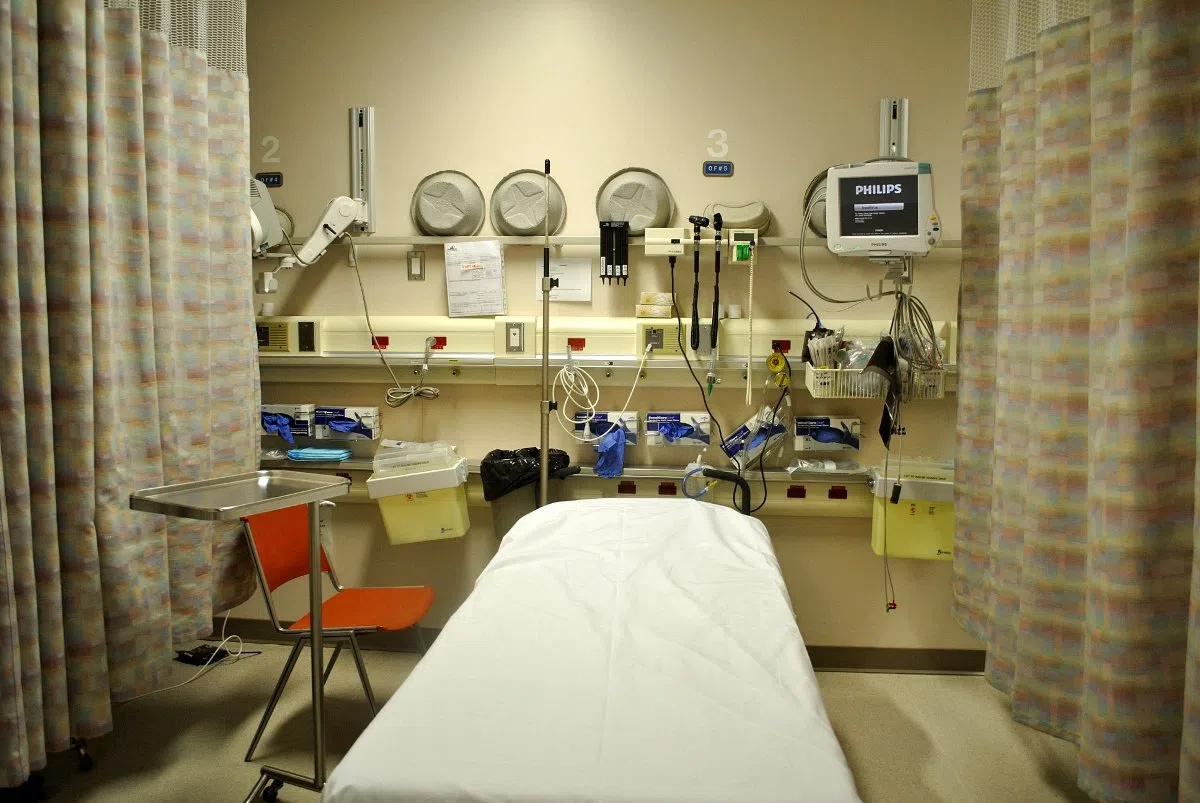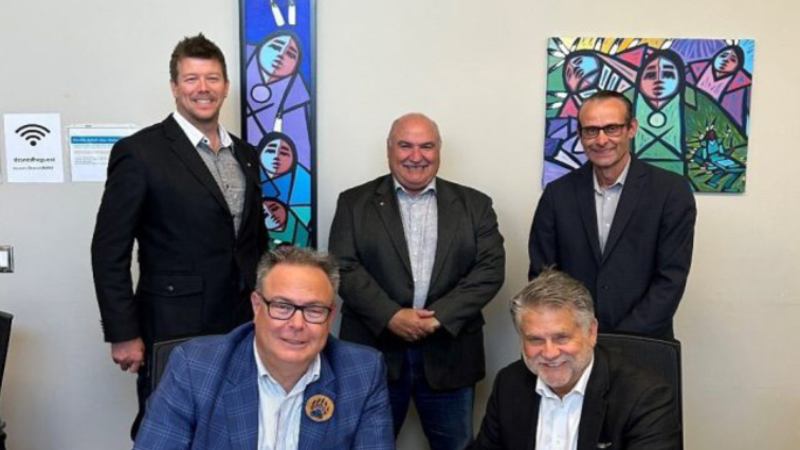
PAPHR tries to clear the air on doctor boundaries
It’s an issue with a grey area.
Two workshops were held by the Prince Albert Parkland Health Region (PAPHR) about doctor-patient boundaries.
“Our physicians in our community have been projected almost in a bad light recently and we wanted to get some input from the physician’s support group, which is the Saskatchewan Medical Association, as well as get some legal advice in terms of what constitutes boundaries for physicians and what doesn’t,” said Cecil Hammond, senior medical officer for the PAPHR.
In addition, he said the workshop covered how to respond to professional boundaries.


